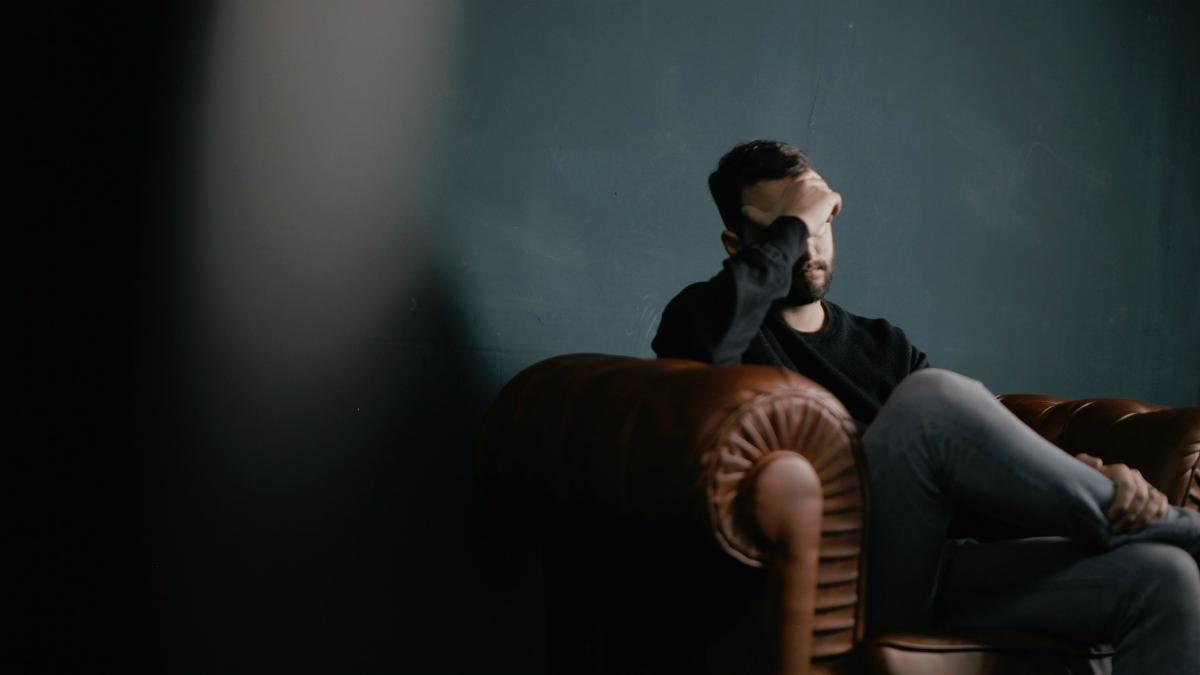Physiotherapists must balance clinical practice and evidence the whole time in their practice, said Anne Marie Logan, advanced physiotherapy practitioner in headache at St George’s University Hospitals NHS Trust in London.

Speaking at a session about applying research in clinical practice, Ms Logan said there was a lot of discrepancy between clinical practice and the evidence-base about headache.
She also said that there was a lack of awareness of the different types of headache in physiotherapy and other health professions. They include cluster headache – 55 per cent of people with cluster headache think of committing suicide – and migraine, the seventh most disabling condition in the world.
‘When the patient says “the pain is so bad I must have a tumour”, it is very difficult to stick to the evidence and guidelines,’ said Ms Logan.
‘And the primary headache guideline, NICE CG150, says we must not send people for a scan unless they have the criteria listed in the guideline. Scans provide reassurance. But a study in 2005 found that if you do a scan it reassures the patient for three months only.
‘If you have that gut feeling something is wrong, it would be very easy to say, “why don’t you see your GP and ask for a scan?”.
‘But that scan has a detrimental effect sometimes. [Scans] can pick up incidental things like aneurysm, nothing to do with a headache, but can cause life-long anxiety. In our service, we counsel people about the risks and benefits of those scans.’
Ms Logan advised that it is vital to take a good headache history: a headache diary is almost always important, a brief neurological assessment, and assessments of the cervical spine and thoracic spine.
‘Sometimes we get referrals that are very vague and it is always important to clarify things and take that good history,’ she said.
In addition, following the guidelines will ease your worries, she said. She recommended the British Association of Headache guidelines, describing them as clear and well worth going through.
Also, if you are treating people for headache, you should be aware of National Institute for Clinical Excellence guidelines and the ‘red flags’ for worrisome headache.
In the same session, Dylan Morrissey, consultant physiotherapist and clinical reader at Queen Mary University of London, spoke about plantar heel pain. He said the condition was difficult to manage, outcomes were not good and that he saw a lot of variation in clinical practice that was often not evidence-based.
‘We don’t really have an excuse for that because we have an explosion of evidence … but sorting out the signal from the noise is really quite hard,’ Professor Morrissey said.
For physiotherapists who want to know more about evidence translation he recommended Trisha Greenhalgh’s book, How to Implement Evidence-Based Healthcare.
Number of subscribers: 1